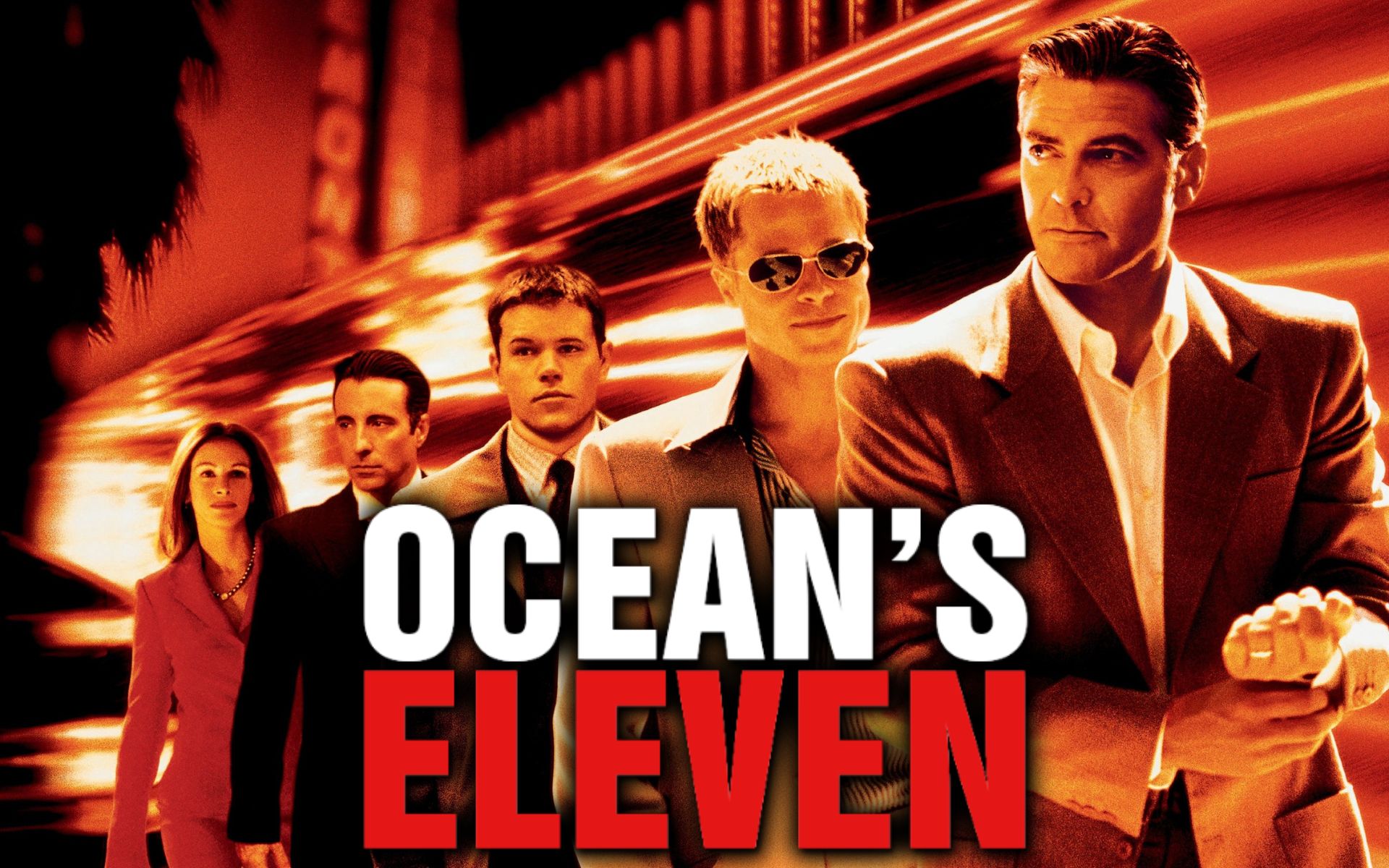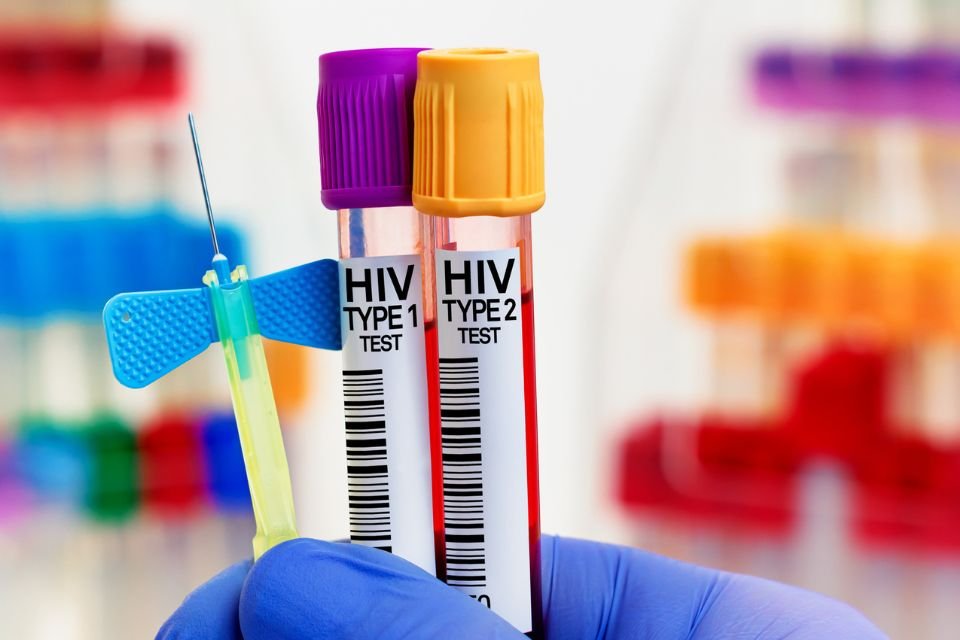soon Another recovery case Acquired Immunodeficiency Syndrome (AIDS). Fourth case documented later Hematopoietic stem cell transplant (HSCT), also known as a bone marrow transplant.
But before we celebrate, it’s important to understand that these cases are “outliers” as they cannot be applied in a standard routine for all people living with the human immunodeficiency virus (PLHIV). These four cases were not transplanted because of HIV but not because of other medical conditions such as leukemia.
Despite the procedural complications in these cases, there is a significant increase in survival depending on the severity of the underlying hematological disease. However, taking advantage of the fact that the procedure was performed for other reasons, donors who could make AIDS treatment possible for the recipient patient were sought.
How can a cure be obtained after a transplant?
After HSCT, all blood cells produced by the bone marrow begin to show characteristics of donated progenitor cells. About 1% of the Scandinavian population is known to have a specific mutation that makes them resistant to HIV infection..
This prevalence is lower in other parts of the world, meaning it is a rare condition. It’s an association of the Delta 32 gene that changes the cell receptor CCR5 that the virus uses to enter the cell, so it’s as if the virus didn’t have the key to enter.
So why not look for a donor with this mutation for a PLHIV going into HSCT? Perhaps the recipient begins to show this pattern of resistance to the virus, which makes it difficult for him to progress. This was first attempted in 2009 in the case known as the “Berlin patient”.
And surprisingly, this patient no longer showed signs of the virus after discontinuation of antiretroviral therapy and was considered to have recovered from AIDS.. The same procedure was performed 3 more times, the last one in a hospital called “City of Hope” in California.
Advances in AIDS treatment
The 40-year history of HIV, since the first case described in 1981, has made impressive advances in Medicine. Beginning in 1996, therapeutic regimens formerly called “cocktails” due to the large amount of pills allowed control of the virus, preventing the development of AIDS.
Since then, new treatment options with fewer pills and fewer side effects have become available, and there are now one-pill-a-day treatment options.
Therapeutic advances are crucial The life expectancy of a 21-year-old person with HIV who begins treatment at an early stage where immunity is not yet impaired is 78.4 years, compared to 85.2 years for an HIV-free individual. This difference, which exceeded 20 years in the 2000s, is gradually decreasing.
The major current challenge is the early detection of the virus fully to ensure the maximum potential of therapy in preventing disease evolution and reducing transmissions.
But unfortunately the current treatment is still not enough for a cure. Although the drugs inhibit viral replication in the blood, they cannot reach the so-called “HIV reservoirs” of the body where viruses are protected.
Even years after suppressive therapy, if discontinued, the viruses remaining in these reservoirs multiply and attack the body’s defense cells again.
-
See also: AIDS: the most aggressive new strain of HIV
Why not transplant for all HIV cases?
HSCT is not a simple procedure. Before the transplant, a treatment called myeloablative is done with drugs that simply kill the bone marrow progenitor cells. This is necessary for the donor’s progenitor cells to adapt to the new marrow.
Obviously, this is a dangerous path, because for some time the receptor has almost no leukocytes – cells that protect our body from invading microorganisms. After transplantation, there is a risk that the donor’s cells will not adapt to the recipient’s marrow.
Even if the bone marrow “takes” there may also be problems such as Graft Versus Host Disease (GVHD), a condition in which new cells do not recognize parts of the body. All these complications explain the high mortality rate of such a procedure of about 15%.
Given the high complication rates of HSCT, it is clear that even if there is some chance of recovery, it is unreasonable to attribute all this risk to a case that can be kept under control with easily administered drugs and few side effects.
Therefore, treatments using this methodology should not be seen as the solution to all problems, but rather as a progression towards new therapeutic modalities that can be applied on a large scale in the future.
What are potential treatments for a cure?
Hematopoietic stem cell transplant
We have already seen that HSCT is a regimen that can treat HIV infection, but in most cases it is not applicable because the risk does not favor this modality.
Shock and kill
This is an option that focuses on the reservoirs of the virus. The drugs are used to activate these “hidden” viruses in the bloodstream, exposing them to antiretroviral drugs.
block and lock
It also acts on the reservoirs of the virus, but instead of inducing mobilization of the reservoirs into the bloodstream, it causes the virus to be “locked”, i.e. “locked” of the viruses even with suspension of therapy by the patient. stop expressing in reservoirs and do not spread.
gene therapy
With new genetic intervention methods such as zinc finger nuclease (ZFN), transcription activator-like nucleases (TALENS) and protein 9 (associated with clustered regularly spaced short palindromic repeats)CRISPR/Cas9), it is possible to act on the CCR5 receptors to modify them in such a way as to prevent the entry of the virus.
Intensification of antiretroviral therapy
There have been reports of children born with HIV who remained in remission after stopping treatment several years later. It is not clear whether these are treatment cases or “functional therapy”, that there are still viruses, but no clinical repercussions.
Immune treatments (vaccines)
Vaccines are primarily used to strengthen the immune response to a particular infectious agent. However, HIV has some features that make it difficult to produce a vaccine, but there are fronts on this issue. There is a possibility that HIV vaccines will not cure completely, but may be used in a complementary fashion to other therapeutic modalities to achieve functional or full recovery.
Whatever the recovery method, it may not be a short-term regimen that works for everyone. It will take some time to assess the cost, risk, benefit, and need for a framework for large-scale implementation.
If the disease is under control, why wait so long for treatment?
What was the last study on the treatment of hypertension? What about chronic obstructive pulmonary disease? Can diabetes be treated? Of course, there is research out there to treat these and other existing chronic diseases, but it doesn’t resonate great once the advances have been made.
This happens because there are chronic diseases that are more socially accepted, while others are less accepted. AIDS still bears the stigma of discrimination, and few HIV viruses feel completely comfortable expressing it publicly. This problem is related to the sexual transmission route of the virus and a higher risk of transmission during anal intercourse.
Men who have sex with men are more vulnerable. This should not be a barrier to recognizing and confronting the problem, but it does in a society that does not tolerate diversity in sexual orientation and practice.
According to the Human Dignity Trust, an organization that advocates for the legal rights of LGBTQIAPN+ people globally, 70 countries criminalize private and consensual sexual activities of 2 people of the same sex, albeit privately.
In addition, in 11 countries the penalty may be death. How is information about the prevention and treatment of sexually transmitted infections handled in countries living under these legal conditions?
Thus, the reason for the enthusiasm for healing is understood. Sure, it would be incredible and fascinating from a scientific and collective point of view, but nonetheless, it’s a kind of “crutch” for other structural problems that deserve attention.
Source: Tec Mundo
I am Bret Jackson, a professional journalist and author for Gadget Onus, where I specialize in writing about the gaming industry. With over 6 years of experience in my field, I have built up an extensive portfolio that ranges from reviews to interviews with top figures within the industry. My work has been featured on various news sites, providing readers with insightful analysis regarding the current state of gaming culture.












